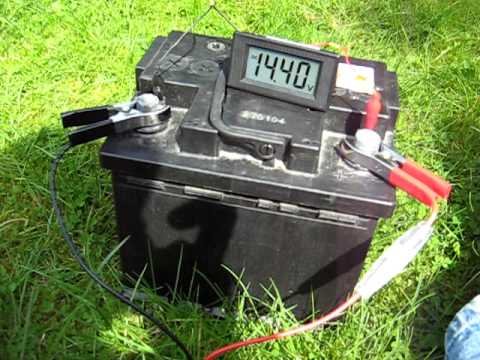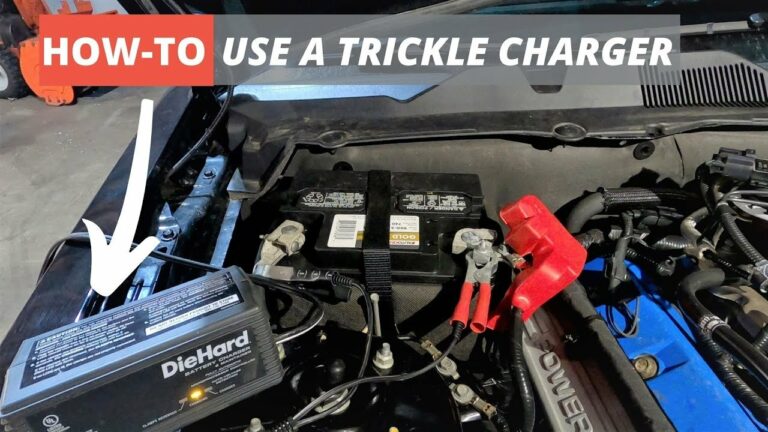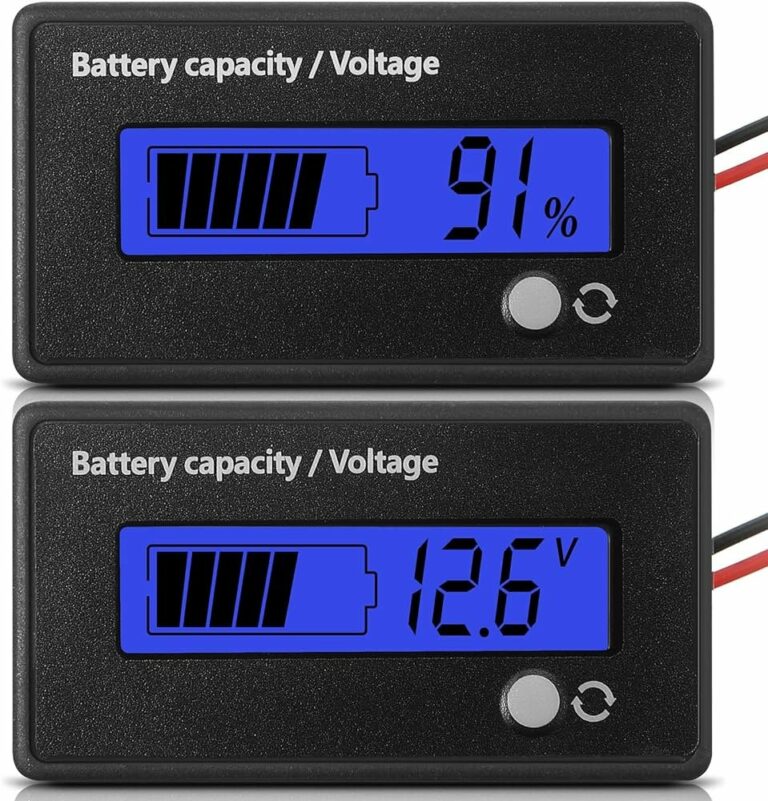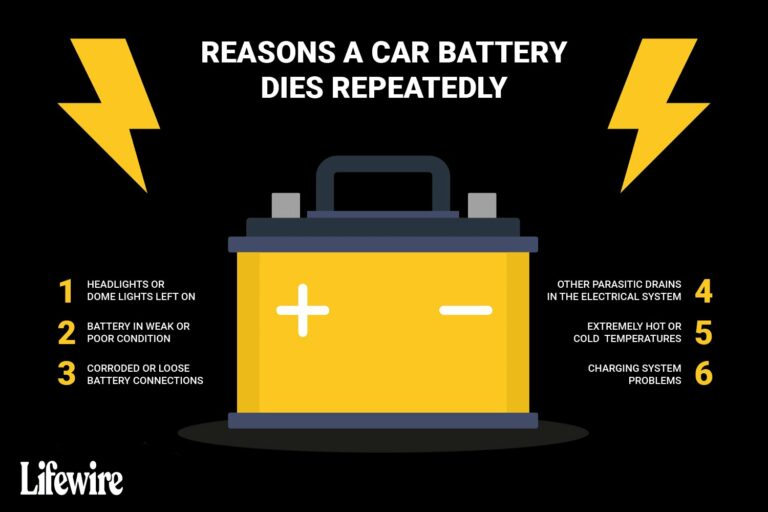Charging A Car Battery With Solar Panels: A Complete Guide
Interested in charging your car battery with solar panels? You’re in for a treat! This guide will walk you through the steps of how to use solar panels to charge your car battery. It’s an easy and environmentally friendly method that can prevent you from being stuck with a dead battery. Whether you’re gearing up for a road trip or aiming to be ready for emergencies, keep reading to discover how you can efficiently utilize solar power to charge your car battery.
Charging A Car Battery With Solar Panels:
Charging a car battery with solar panels is an eco-friendly and cost-effective way to power your vehicle. Solar panels harness the energy from the sun and convert it into electricity, which can then be used to charge the battery. This method not only reduces your carbon footprint but also eliminates the need for traditional electricity sources. In this article, we will guide you through the process of charging your car battery with solar panels, step by step.
Understanding Solar Energy and Car Batteries
Before we dive into the process, let’s take a moment to understand the basics of solar energy and car batteries.
How do Solar Panels Work?
Solar panels are made up of photovoltaic cells that convert sunlight into electricity through the photovoltaic effect. When the sunlight hits these cells, it creates an electric current, which is then captured and stored in a battery or used to power a device directly.
How do Car Batteries Work?
Car batteries are rechargeable batteries that provide electrical energy to start the engine and power the car’s electrical systems. They store chemical energy in the form of lead plates and sulfuric acid, which react and produce electricity when needed.
Choosing the Right Solar Panel Setup
Calculating Your Energy Requirements
To charge your car battery effectively, you need to determine your energy requirements. This is influenced by factors such as the battery’s capacity, the climate, and the sunlight available in your area. Here’s a simple formula to calculate your energy needs:
Energy Requirement (Wh) = Battery Capacity (Ah) x Battery Voltage (V)
Selecting the Solar Panel and Charge Controller
Once you know your energy requirements, you can choose the appropriate solar panel and charge controller for your setup. Consider the following factors when selecting these components:
– Solar Panel Capacity: Choose a solar panel capable of producing enough power to meet your energy requirements. Panels typically range from 10W to 300W, with higher-wattage panels generating more electricity.
– Charge Controller: A charge controller regulates the flow of electricity from the solar panel to the battery to prevent overcharging. Ensure that the charge controller is compatible with your solar panel and battery voltage.
Installing Solar Panels for Car Battery Charging
Now that you have the necessary components, it’s time to install your solar panel setup for car battery charging. Follow these steps to ensure a successful installation:
Step 1: Determine the Mounting Location
Choose a suitable location on your vehicle to mount the solar panels. Ensure that it receives maximum sunlight exposure during the day and is securely fastened to avoid any damage while driving.
Step 2: Mount the Solar Panels
Securely attach the solar panels to the chosen location using the appropriate mounting hardware. Make sure the panels are angled towards the sun for optimal sunlight absorption.
Step 3: Connect the Charge Controller
Connect the charge controller to the solar panels and the battery. Follow the manufacturer’s instructions for proper wiring and connection. It’s crucial to ensure the correct polarity when connecting positive and negative terminals.
Step 4: Connect the Battery
Connect the battery to the charge controller. Again, pay attention to the correct polarity to avoid any electrical mishaps. Ensure all connections are secure and well-insulated.
Step 5: Test the System
Once all the connections are made, it’s time to test the system. Expose the solar panels to direct sunlight and check if the charge controller indicates that the battery is receiving a charge. If everything is functioning correctly, you’re ready to charge your car battery with solar power.
Charging Your Car Battery with Solar Panels
Now that your solar panel system is installed and properly connected, you can start charging your car battery. Here’s how to do it:
Step 1: Confirm the Battery Status
Before charging, check the current charge level of your car battery. If it’s completely drained or has a very low charge, it may take longer to charge using solar panels alone.
Step 2: Ensure Sufficient Sunlight
Position your vehicle in an area with ample sunlight exposure. The more sunlight your solar panels receive, the faster your battery will charge. Avoid shading the panels to maximize their efficiency.
Step 3: Monitor the Charge
Keep an eye on the charge controller’s display to monitor the charging progress. It should indicate the battery’s voltage and the amount of charge it’s receiving. If necessary, adjust the position of the panels to optimize sunlight absorption.
Step 4: Disconnect and Safely Store
Once your car battery is fully charged or has reached the desired charge level, disconnect the solar panel system from the battery. Safely store the panels to protect them from damage and extend their lifespan.
Benefits and Considerations of Solar-Powered Car Battery Charging
Benefits of Charging with Solar Panels
– Environmental Friendliness: Solar energy is a clean and renewable energy source, reducing your carbon footprint and dependency on fossil fuels.
– Cost Savings: Charging your car battery with solar panels can save you money in the long run by reducing your reliance on traditional grid electricity.
– Portability: Solar panels are portable and can be easily transported, making them a convenient option for charging batteries while on the go, camping, or during emergencies.
Considerations for Solar Charging
– Efficiency: Solar panel efficiency can be affected by factors like temperature, shading, and dust accumulation. Regularly clean and maintain your panels to ensure maximum efficiency.
– Battery Capacity: The total capacity of your battery determines how long it will take to charge. If you have a high-capacity battery, it may take longer to charge using solar panels alone.
Charging a car battery with solar panels offers numerous benefits, including cost savings and environmental friendliness. By understanding the basics of solar energy, choosing the right components, and following the installation and charging procedures outlined in this article, you can effectively harness the power of the sun to charge your car battery. Embrace this eco-friendly and sustainable approach to energizing your vehicle and contribute to a greener future.
Remember to calculate your energy requirements, select the appropriate solar panel setup, and monitor the charging process to ensure optimal results. With a well-designed solar panel system, you can charge your car battery with the abundant power of the sun.
If you have any further questions about how to charge a car battery with solar panels, refer to our FAQ section below.
FAQs
1. Can I charge multiple car batteries with solar panels?
2. Can I charge my electric vehicle (EV) battery with solar panels?
3. What should I do if I don’t have direct sunlight?
4. Do I still need a charge controller when using solar panels to charge my car battery?
5. How long will it take to charge a car battery with solar panels?
6. Can I use solar panels to charge my car battery during winter?
7. Do I need to disconnect the solar panel system after charging?
8. How often should I clean my solar panels?
9. Can I install the solar panels on a roof rack?
10. Are there any risks involved in charging a car battery with solar panels?
Charging a Car Battery with a Solar Panel and Charge Controller
Frequently Asked Questions
How can I charge a car battery with solar panels?
To charge a car battery with solar panels, you will need a solar panel system, a charge controller, and an inverter. First, position the solar panels in a location that receives maximum sunlight. Connect the solar panels to the charge controller, which regulates the charging process. Then, connect the charge controller to the inverter, which converts the DC power from the panels to AC power usable by the battery. Finally, connect the inverter to the car battery using appropriate cables and connectors. The solar panels will generate electricity, which will be stored in the car battery for later use.
What size of solar panel do I need to charge a car battery?
The size of the solar panel you need to charge a car battery depends on factors such as the battery capacity, charging time, and the amount of sunlight available. As a general guideline, a 100-watt solar panel typically produces around 30-50 amp-hours of electricity per day. To determine the appropriate size, calculate the daily energy requirement of your battery and compare it to the panel’s power output. You may need multiple panels to generate sufficient power.
Do I need a charge controller to charge a car battery with solar panels?
Yes, a charge controller is essential when charging a car battery with solar panels. It regulates the charging process and prevents overcharging, which can damage the battery. The charge controller ensures that the battery receives the correct voltage and current from the solar panels, optimizing the charging efficiency and extending the battery’s lifespan.
Can I charge my car battery with solar panels while driving?
While it is technically possible to charge your car battery with solar panels while driving, it is not a practical or efficient method. The energy generated by the solar panels may not be sufficient to power the vehicle’s electrical systems and charge the battery simultaneously. Additionally, the constant movement and changing positions of the vehicle may affect the sun’s exposure to the panels, reducing their effectiveness.
Can I use portable solar panels to charge a car battery?
Yes, portable solar panels can be used to charge a car battery. These panels are lightweight, easy to transport, and can be positioned to capture the maximum sunlight. They are particularly useful for outdoor activities, camping, or emergencies where a power source is not readily available. However, ensure that the portable solar panel’s power output is compatible with your car battery’s charging requirements.
Final Thoughts
charging a car battery with solar panels is a feasible and environmentally friendly alternative. By harnessing the power of the sun, you can effectively recharge your car battery without relying on traditional electricity sources. With the right equipment and proper installation, solar panels can provide a reliable and sustainable energy solution for your vehicle. So, if you’re looking to save money, reduce your carbon footprint, and ensure a consistent power supply for your car battery, consider implementing solar panels as an efficient charging method. How to charge a car battery with solar panels? It’s a simple and advantageous approach that aligns with our commitment towards a greener future.




